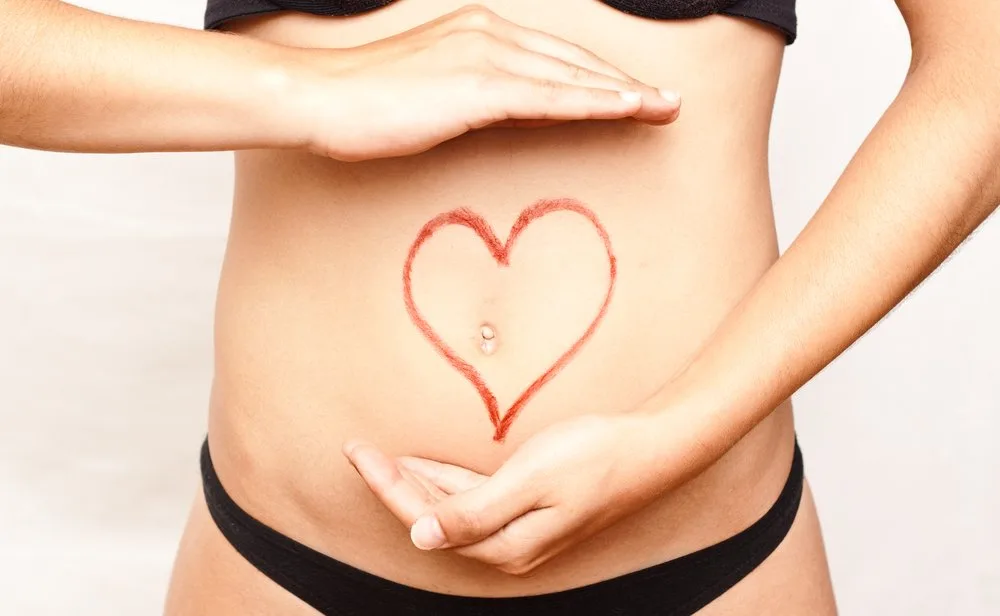You’re feeling pain in your side or in your general gut area. But why? Where did it come from? And should you be worried? It can start as a sudden stabbing pain out of nowhere, or build up from a small low level ache. It can be acute – meaning it lasts for only a short time, or chronic – lingering for days or weeks. Before you reach out to Dr. Google, read what Dr. Jacques Badenhorst, a gastroenterologist who practises at the Netcare Christian Barnard Hospital in Cape Town, has to say.
A Common Complaint?
We can all make fairly cut and dry diagnoses on the cause of pain when it is an injury like stubbing a toe or twisting an ankle, but when it comes to internal pain it is a bit more worrying.
A pain in your side or in your abdomen is a common complaint, and it’s a common reason for people to visit their doctor or the emergency room.
Here are a few things that may be causing that pain:
Your Gut, Gas and Constipation
Gas or constipation is usually the biggest false alarms when it comes to abdominal and side pain. Each can cause fairly severe pain, but they aren’t usually harmful. Normally, gas and constipation pains can be identified by their inconsistency. The pain will usually come and go, and it will change depending on how you’re sitting or standing. Gas and constipation pain should also subside within an hour or shortly after a bowel movement.”
Irritable Bowel Syndrome
Irritable bowel syndrome, or IBS, is a common condition that affects the large intestine and causes cramps.
IBS can range from mild to severe, and factors like food intolerance, stress and hormones can trigger it. This causes symptoms such as cramps, pain, bloating, diarrhoea and constipation. If you’re experiencing IBS symptoms, talk to your doctor. They can diagnose whether you do have IBS and prescribe medication if necessary.
Kidney and Gallstones
Kidney stones and gallstones can cause excruciating pain. Kidney stones are deposits of salt and minerals that can form and harden in your kidneys. Gallstones are deposits made from cholesterol and bile.
Kidney stones may pass naturally, but in more severe cases, they may require surgery. Talk to your doctor if you experience severe, radiating pain that lasts for more than a day.
Diverticulosis
Diverticulosis is when pockets form in the walls of your digestive tract when the inner layer of your intestine pushes through weak spots in the outer lining. This pressure makes them bulge out, creating little pouches. Most often it happens in your colon, the lower part of your large intestine.
Symptoms include belly pain, cramping, bloating, constipation and diarrhea.
Inflammatory Bowel Disease
Inflammatory bowel disease (IBD) is an umbrella term used to describe disorders that involve chronic inflammation of your digestive tract.
Types of IBD include:
• Ulcerative colitis. This condition causes long-lasting inflammation and sores (ulcers) in the innermost lining of your large intestine (colon) and rectum.
• Crohn’s disease. This type of IBD is characterized by inflammation of the lining of your digestive tract, which often spreads deep into affected tissues.
Both ulcerative colitis and Crohn’s disease usually involve severe diarrhea, abdominal pain, fatigue and weight loss.
Appendicitis
One of the most serious reasons for abdominal or gut pain is appendicitis. Appendicitis, or an infection of the appendix, can be a life-threatening condition. Appendicitis is considered a medical emergency. Surgery is required to remove the appendix. If you notice pain (especially on your right side), fever, vomiting and loss of appetite, get emergency medical attention.
Pancreatitis
Pancreatitis is a disease in which your pancreas becomes inflamed. There are two types of Pancreatitis – acute, where the pain is sudden and lasts a short time, and chronic, which has long-lasting symptoms.
Symptoms include fever, higher heart rate, nausea and vomiting, a swollen and tender belly, and pain in the upper part of your belly that goes into your back.
Eating may make it worse, especially foods high in fat.
The Bottom Line
The first thing to do if you have pain in your gut area is to keep track of the pain, and see what makes it worse. For example, does it hurt more when you stand up or sit down? When you breathe in or breathe out? Is it a constant pain or does it come and go? If the pain is severe or interrupting your ability to function properly, then it is best to seek medical attention.
However, don’t delay getting medical help if you have severe pain, fever, swelling and tenderness, blood in your stools, yellowing of the skin or ongoing nausea and vomiting – then you need to see a doctor immediately,
Interested in your gut health? Read more here.
About the Author
Dr Jacques Badenhorst holds a Bachelor of Medicine and Surgery, a Certificate in Gastroenterology and is a Fellow of the College of Physicians of South Africa. He trained at the Gastroenterology unit in Tygerberg hospital after several years spent working abroad as a Senior Medical Officer in internal medicine. Following this, Dr. Badenhorst opened his own practice, offering a variety of specialist Gastroenterology procedures.
 Dr.Badenhorst now practices at Netcare Christiaan Barnard Memorial Hospital and is passionate about the field of medicine in which he operates and fully understands the anxiety many patients have towards the invasive nature of endoscopic procedures – therefore he places great importance on patient comfort. For more information, visit the symptom checker on Dr Badenhorst’s website at https://www.
Dr.Badenhorst now practices at Netcare Christiaan Barnard Memorial Hospital and is passionate about the field of medicine in which he operates and fully understands the anxiety many patients have towards the invasive nature of endoscopic procedures – therefore he places great importance on patient comfort. For more information, visit the symptom checker on Dr Badenhorst’s website at https://www.



![women [longevity live]](https://longevitylive.com/wp-content/uploads/2020/01/photo-of-women-walking-down-the-street-1116984-100x100.jpg)










